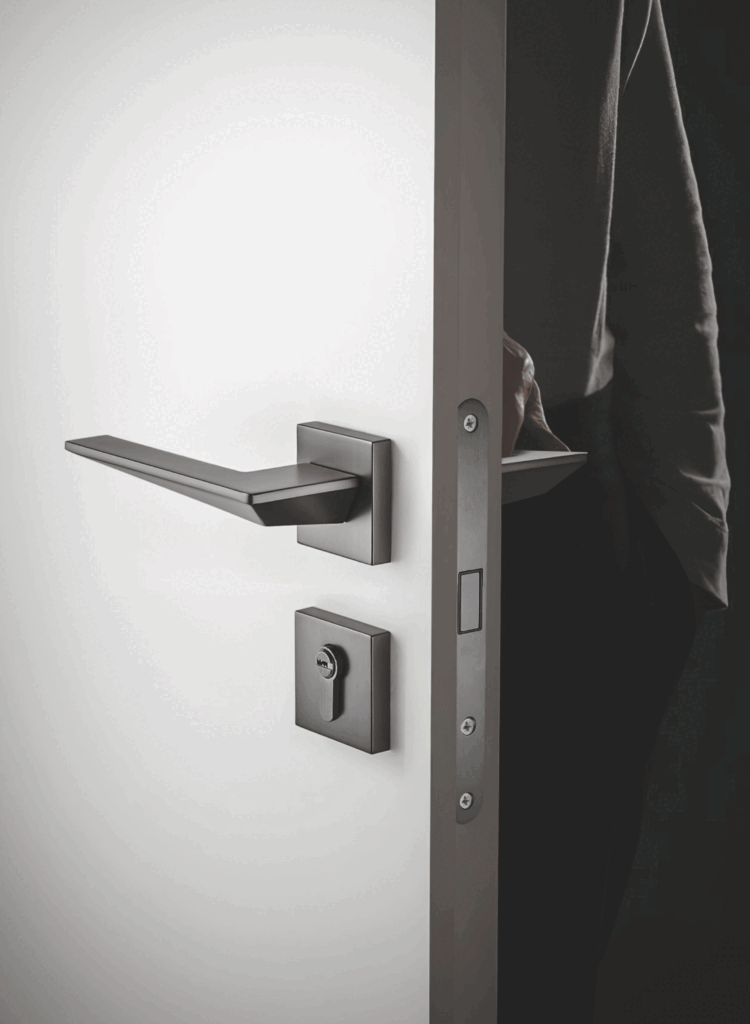Introduction
When it comes to securing buildings, not all door locks are created equal. Choosing the right type of lock matters — not only for safety but also for durability, aesthetics, and cost-efficiency.
In this guide, we’ll break down the main types of mechanical door locks used in homes, offices, and commercial buildings. Whether you’re a door manufacturer, a hardware importer, or a project contractor, understanding these lock types will help you select the most appropriate solution for your specific application.
1. Mortise Locks
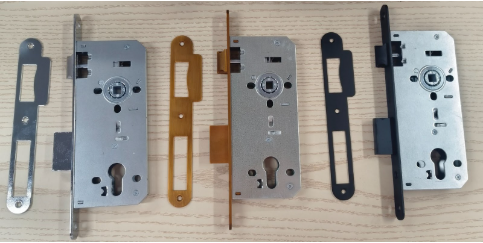
Mortise locks are known for their strength and durability and are often used in commercial buildings, apartments, and upscale residential properties. These locks require a pocket, or mortise, to be cut into the edge of the door where the lock is fitted. Mortise locks typically come with a lock body, a handle or lever, and often include both latch and deadbolt mechanisms. They can accommodate multiple locking points and are compatible with a wide range of cylinders.
Advantages:
- Highly secure due to internal mechanisms.
- Available in heavy-duty and light-duty variants.
- Long lifespan and ideal for high-traffic doors.
2. Euro Cylinder Locks
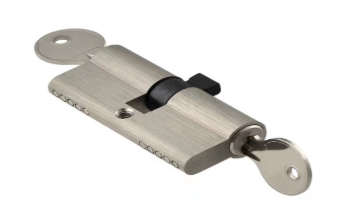
Euro cylinder locks are widely used across Europe and increasingly in other regions, especially in uPVC and aluminum doors. They feature a standardized cylinder profile and can be easily replaced or upgraded without changing the entire lock mechanism. Euro cylinders come in single, double, and thumb-turn options and often integrate with multi-point locking systems.
Advantages:
- Easy to replace or upgrade.
- Can be keyed alike or master-keyed.
- Compatible with modern security features like anti-snap or anti-bump.
3. Deadbolts
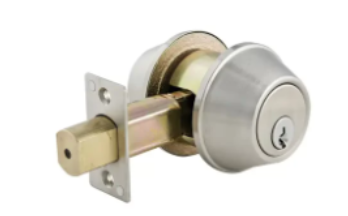
Deadbolts are among the most secure lock types, commonly used for exterior doors. They are operated by a key or thumb turn and do not contain a spring mechanism, making them more resistant to forced entry. There are single-cylinder, double-cylinder, and lockable thumb-turn variants.
Advantages:
- Offers excellent protection against break-ins.
- Simple mechanism, easy to use.
- Ideal for both residential and commercial applications.
4. Cylinder Rim Locks
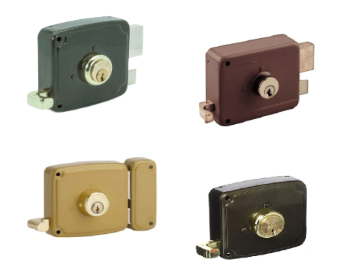
Rim locks are mounted on the surface of the door rather than being embedded into it. They typically include a latch and a cylinder for key access from the outside, while the inside often has a knob or thumb turn. These locks are commonly seen in apartment entry doors with intercom systems.
Advantages:
- Easy to install and replace.
- Often combined with latch chains for extra security.
- Useful for retrofitting older doors.
5. Knob Locks
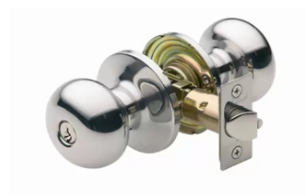
locks are commonly found on interior doors in residential buildings. The locking mechanism is housed inside the knob itself, which makes it less secure than other types when used alone on exterior doors.
Advantages:
- Easy to install and operate.
- Suitable for bedrooms and bathrooms.
- Available in a wide range of styles and finishes.
6. Lever Handle Locks
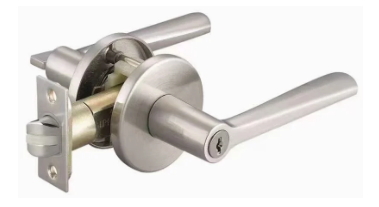
Lever handle locks are designed for ease of use and are commonly installed in commercial spaces where accessibility is a concern. The lever design makes it easier for people with limited grip strength to open the door.
Advantages:
- ADA-compliant and accessible.
- Available in many functional designs.
- Suitable for both internal and external use.
7. Multi-point Locks
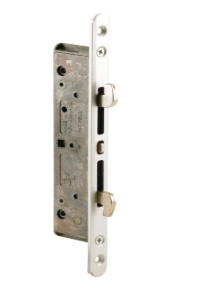
These locks secure the door at multiple points (usually three or five) along the frame with a single turn of a key or handle. They are popular for use on uPVC, composite, and patio doors.
Advantages:
- Enhanced door security.
- Even pressure sealing improves insulation.
- Often used with euro cylinder locks.
8. Cam Locks
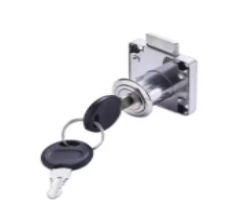
Cam locks are cylindrical fasteners often found in cabinets, mailboxes, and lockers. They are operated with a key that turns a cam, which then secures or releases the locking mechanism.
Advantages:
- Compact and discreet.
- Easy to install.
- Ideal for furniture and enclosures.
9. Padlocks
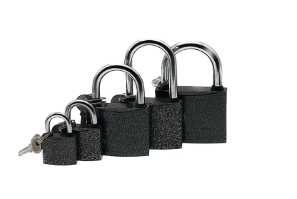
Padlocks are portable locks with a U-shaped shackle that can be passed through an opening to prevent use or access. Available in keyed and combination versions, they are widely used for gates, storage units, and lockers.
Advantages:
- Highly versatile and mobile.
- Can be used for temporary or permanent security.
- Available in various sizes and grades.
10. Disc Locks
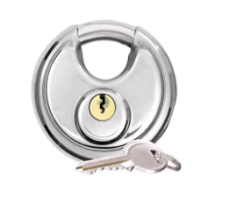
Disc locks are similar to padlocks but with a round body and shielded shackle, making them more resistant to bolt cutters. They are popular in storage facilities and high-security settings.
Advantages:
- Tough to pick or cut.
- Compact, heavy-duty design.
- Often used in storage units.
11. Smart Locks

Smart locks operate electronically and can be accessed via smartphone, keypad, or biometrics. These are popular for modern homes and offices seeking convenience and remote access control.
Advantages:
- Keyless entry with remote access.
- Can integrate with smart home systems.
- Customizable user permissions.
12. Electronic Keypad Locks
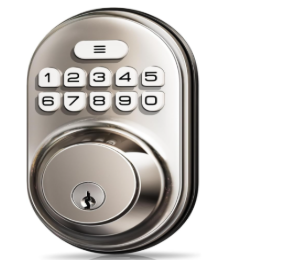
These locks feature a numerical keypad and allow entry by entering a PIN code. They are often battery-powered and include backup key access.
Advantages:
- No need to carry physical keys.
- Easy to update codes as needed.
- Great for rental properties or shared access.
Conclusion
Choosing the right lock depends on your security needs, building type, and budget. Whether you’re outfitting an office, apartment building, or private home, understanding the advantages of each lock type can help you make the best choice.
SUZHOU UMAY provides a full range of high-quality door locks suitable for residential, commercial, and industrial applications. Contact us to explore the best solutions for your projects.
Share This Story, Choose Your Platform!

